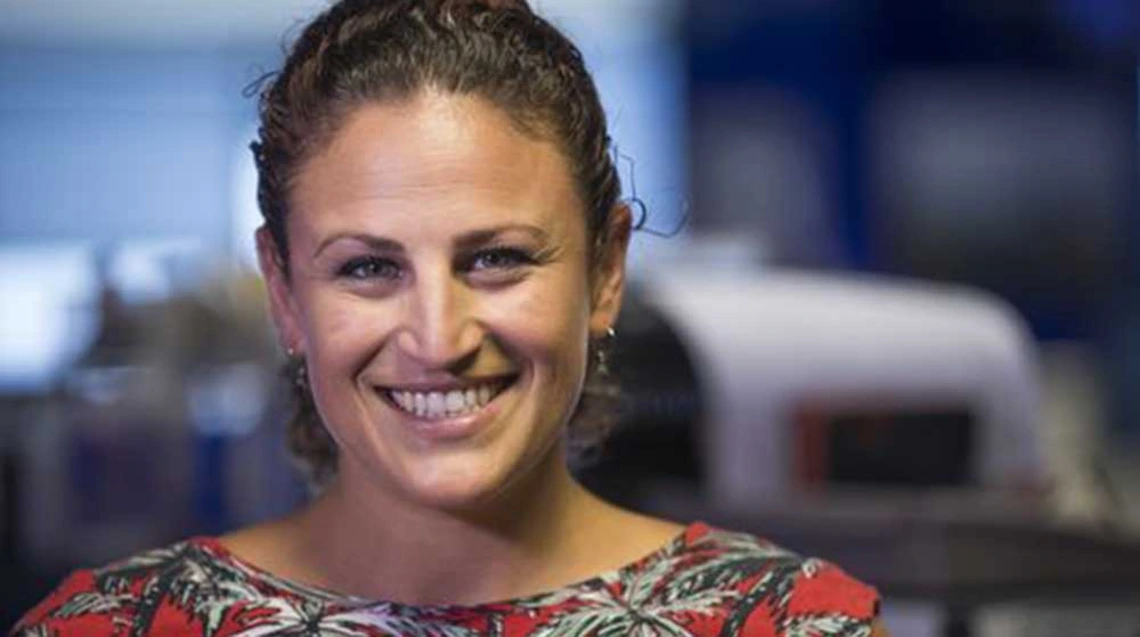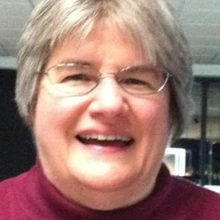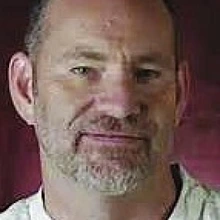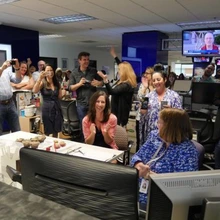Alumna Gaber reflects on helping Republic win Pulitzer

Hannah Gaber
When Hannah Gaber found out she helped the Arizona Republic win the Pulitzer Prize for explanatory reporting, the recent University of Arizona master’s alumna did a little dance.
Albeit 5,400 miles away in Cyprus.
Gaber was the primary producer of the podcasts and contributed video and audio, and organized footage and images for “The Wall: Unknown stories, Unintended consequences,” a 2017 special border report produced by a team of journalists from the Republic and the USA Today Network.
“I got a call about 10:30 at night (on April 16) from my former supervisor saying, ‘Hey, how are you?’ ” Gaber recalled. “I said ‘good,’ and he said, ‘Well, you’re about to be even better. ‘The Wall’ just won a Pulitzer.’ I literally jumped around in circles in my room all by myself.”

Gaber, who received a dual master’s degree in journalism and Middle Eastern and North Africa Studies in 2016, left her video and multimedia job at the Republic last fall to make a film in Cyprus through a Fulbright research grant.
Three other people with UA School of Journalism ties contributed to the Pulitzer-winning project.
• Becca Dyer, a 1985 journalism grad, was one of two copy editors on the project — a collection of more than a dozen stories and documentary videos, a podcast series and a special presentation in virtual reality, which allowed users to immerse themselves in locations along the border.

• Rob O’Dell, a former journalism adjunct instructor and Arizona Daily Star reporter, had the lead byline on a watchdog story on migrant deaths and did much of the data analysis for the project.
• John D’Anna, a 1983 J-school grad, shoehorned the project into print as Page 1 editor of the Republic and wrote headlines.
“I always dreamed of being in a newsroom when it learns it won the Pulitzer Prize,” D’Anna said. “That dream came true thanks to the awesome work of my colleagues.”

Republic journalists traversed the length of the border by air and ground, documenting it on video. Together with other USA Today Network journalists from border states, they reported on existing border security and the possible impacts of a wall on life, commerce, smuggling and property rights.
“What I hope is that this series makes it plain for people just how complicated this issue is,” Gaber said. “Like most issues, it can’t be accurately boiled down to a slogan or a dollar amount.
“There are lives being affected, not just of the people who live or depend on the land around the border, but the Border Patrol agents and citizens who rely on our support and perceptions, the international trade that for states like Arizona especially, relies on Mexico for, and the environment, which may never be able to recover from some of these impacts.”
Gaber worked with a “massive group of incredibly capable, smart, motivated, hard-working experts,” including reporters Dennis Wagner — the lead writer on the project — and Laura Gomez, who reported in Spanish and English, and multimedia editor Emmanuel Lozano.

“I gained support, experience, and mentors from this project, and personal relationships I never could have imagined,” Gaber said.
She added: "All of these people were my seniors in all respects, and having that kind of access to them, their advice and their support was an amazing experience."
Gaber misses the newsroom and her “Wall” team, but she hopes her documentary film project in Cyrpus also can “use human stories to illustrate the complexity of a huge issue.”
Cyprus has had a de facto border in place since a Turkish invasion in 1974, ostensibly a peacekeeping mission to protect the Turkish Cypriot minority. “But Turkey has never left, and the rift is going strong into its fourth decade,” Gaber said.
• Click here to read about other UA School of Journalism alums who have won or contributed to a Pulitzer Prize.

